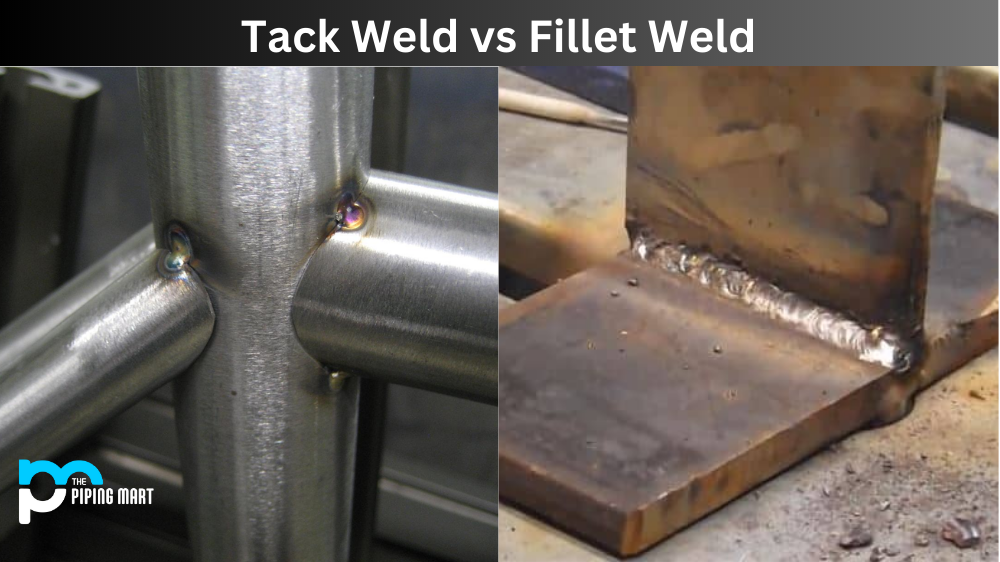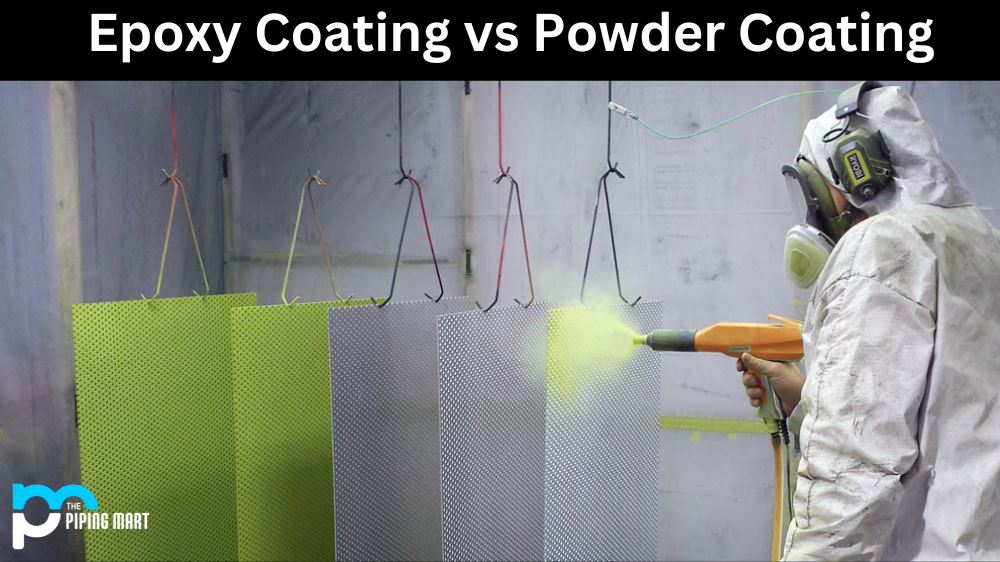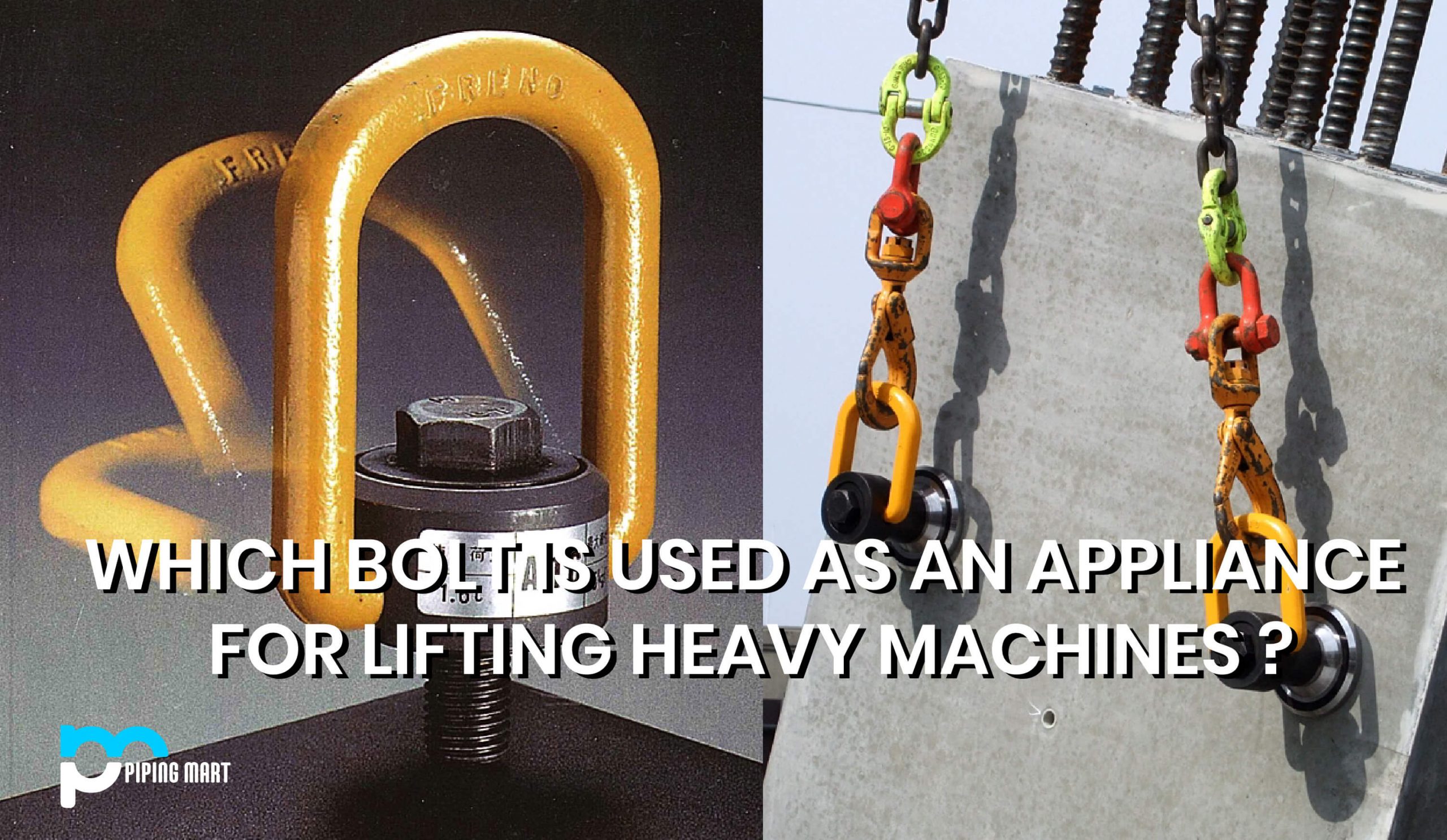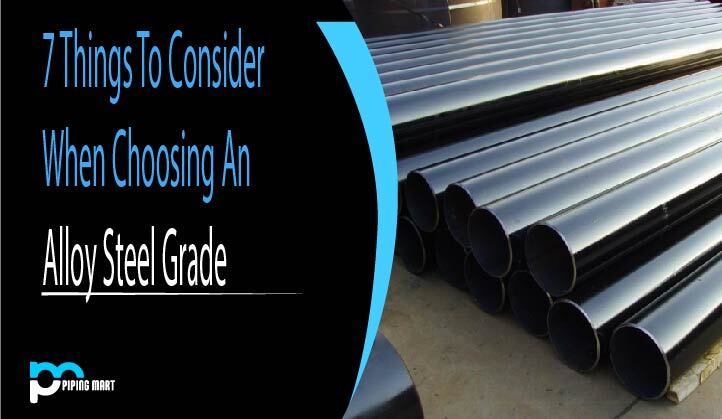Welding is a process of joining two materials together to create a strong bond, and tack welding and fillet welding are two of the most common techniques used in the welding industry. While both techniques have advantages and disadvantages, choosing the proper welding technique depends mainly on the application or project you’re working on. In this blog post, we’ll look closer at tack welding vs fillet welding to help you understand which is better suited for your welding project.
What is Tack Welding?
Tack welding is a technique that involves creating small welds that temporarily hold two pieces of metal together before making the final weld. Tack welding is usually used when working with large, heavy metals that require some extra support during the welding process. Tack welding is also applicable when working with materials that are difficult to hold in place.
What is Fillet Welding?
Fillet welding is a type of welding technique that is used to join two pieces of metal at an angle. This type of welding creates a triangular fillet that runs along the joint between the two materials. Fillet welding is commonly used in construction, where it is used to join beams.
Difference Between Tack Weld vs Fillet Weld
When choosing between tack welding and fillet welding, it’s essential to consider the type of application you’re working on. Tack welding is perfect for those working on large, heavy materials as it holds them together before you can make the final weld. Fillet welding, on the other hand, is best suited for joining materials at an angle. It can create strong and durable connections between two pieces of metal.
Advantages of Tack Welding
One of the main advantages of tack welding is that it makes the final welding process much more manageable. You don’t have to worry about the metal moving out of position when welding, so you can focus more on creating a neat, strong weld. Tack welding lets you change your project before making the final welded joint.
Advantages of Fillet Welding
Fillet welding is an excellent way to create strong, permanent joints between two pieces of metal. This form of welding is also versatile and can be used on different types of materials. Fillet welding creates a fillet that runs along the welded joint’s length, which helps distribute the stress evenly.
Disadvantages of Tack Welds
One disadvantage of tack welds is that they are less intense than fillet welds. This is because tack welds concentrate stress at the points where they are attached, while fillet welds distribute pressure more evenly across the joint. Additionally, tack welds can be made with an electrode with a lower melting point than the metal being welded, which means they may warp or distort if not cooled properly.
Disadvantages of Fillet Welds
One disadvantage of fillet welding is that it can be more difficult to properly align two pieces of metal using this method. Additionally, because fillet welding uses an electrode with the same melting point as the metal being welded, it can be more challenging to prevent warping or distortion.
Conclusion
In conclusion, tack welding and fillet welding are two popular welding techniques. Both techniques have advantages and limitations, which should be considered before making a choice. While tack welding allows for more flexibility and ease of making changes, fillet welding produces more substantial and permanent joints. The choice of technique depends on the requirements of the application you’re working on. With this information, you are better equipped to choose the most suitable welding technique for your project.

Abhishek is a seasoned blogger and industry expert, sharing his insights and knowledge on various topics. With his research, Abhishek offers valuable insights and tips for professionals and enthusiasts. Follow him for expert advice on the latest trends and developments in the metal industry.




